Environmental pollution is the biggest challenge facing the world today.
There are many sources of pollution and each one has its own effect on the environment and living organisms. In this article, we’ll discuss the types of pollution and causes and effects of environmental pollution.
Types of Pollution
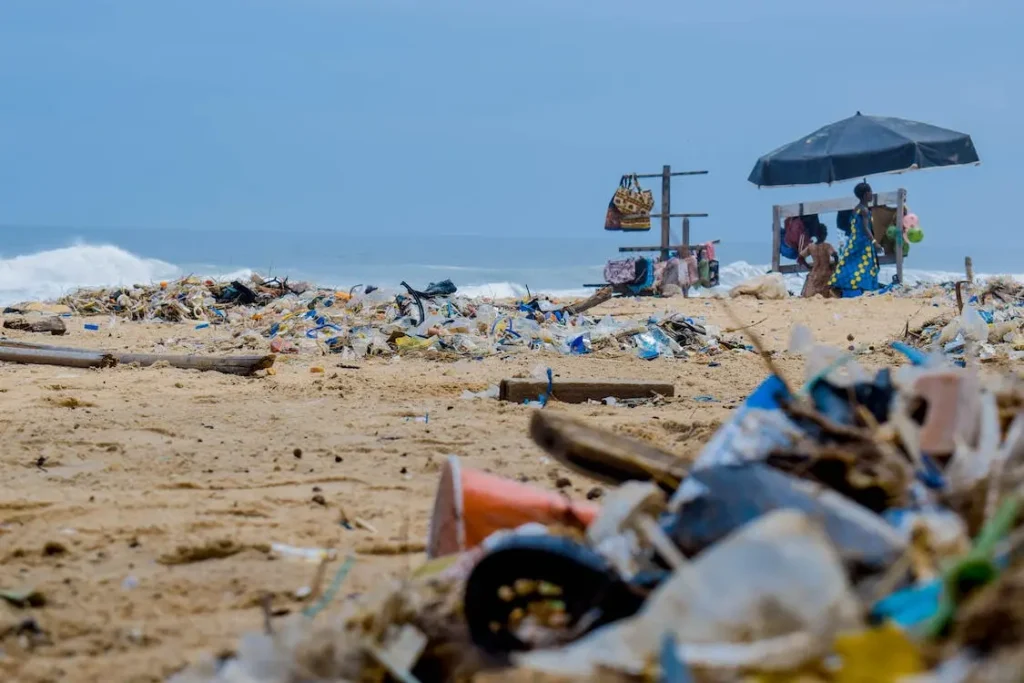
The main types of pollution are air pollution, soil pollution, water pollution, and light pollution. Each type of pollution has a uniquely negative impact on flora and fauna in that environment.
- Air Pollution – airborne particulates and fumes that change the natural gaseous composition of the earth’s atmosphere. These pollutants can be anything from dust to carbon monoxide.
- Soil Pollution – introduction of chemicals, fertilizers, garbage, and disruption which contaminates or disrupts the natural soil biome.
- Water Pollution – contamination of water sources by garbage, chemicals, fertilizers, dirty stormwater runoff, treated and untreated sewage, and other things that change the natural acidity and purity of any body of water.
- Light Pollution – uncovered and excessive lighting that disrupts the natural nighttime hunting and migration patterns for wildlife including bats, sea turtles, and other nocturnal animals.
We could add noise pollution to the list – a problem that most of us deal with around the clock. Noise pollution doesn’t just cause stress and inhibit peaceful sleep.
Noise pollution also causes stress to wildlife and birds that have habitats around human-inhabited areas.
Read More: What is the Definition of Flora and Fauna? Here’s what flora and fauna mean and why they’re important.
Scary Environmental Pollution Facts
Pollution is a nasty topic that we all have to face. Unfortunately, we’ve been living with pollution for so long that most of us are blind to it. We’ve accepted it as a way of life, as a part of our environment.
Hopefully these facts will jolt us to the reality that our pollutive patterns have to stop.
- The Great Pacific Garbage Patch contains about 88,000 tons of trash. It’s like a flotilla of garbage that’s twice the size of Texas – stranded in the Pacific Ocean. A huge percentage of that garbage is now microplastics – a toxic, cloudy film of pollution in the sea.
- In 2022, 50% of United States waterways, 55% of lakes, and 25% of bays and harbors are too polluted for fishing, swimming, and aquatic life. They’re unsafe for human use.
- UNESCO research indicates that as much as 80% of the world’s wastewater is released, untreated, back into waterways that global populations rely on for survival.
- UN officials estimate that the world’s remaining unpolluted topsoil could run out in about 60 years at the current rate of soil degradation.
- The Great Smog in 1952 killed 8,000 people in London when stagnant air trapped smoke and coal dust in the city. Today it’s estimated that 6.67 million people die yearly from indoor and outdoor air pollution.
- Light pollution is linked to sleep deprivation, anxiety, depression, obesity, and even cancer. What’s worse, it causes sea turtles to lose their way during breeding and hatching and destroys moths and bugs that birds and bats rely on for food.
Causes of Pollution in the Environment
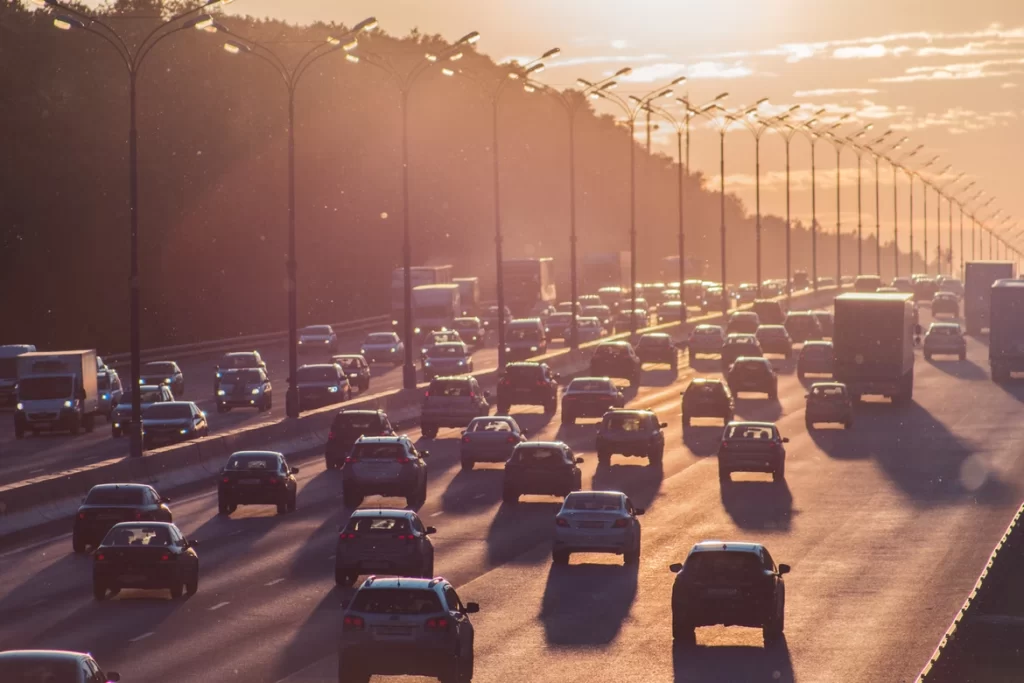
There are many air pollution causes and effects caused by improper waste disposal practices, agricultural activities, urban spread, and population growth.
Although air and water pollution has been improving over the last few decades, they are still a huge problem that affects the environment and all living things in it.
We’ll discuss the 4 main types of environmental pollution and discuss the causes and effects of environmental pollution on all of us – humans, animals, and plants.
1. Causes of Air Pollution
There are two types of air pollutants, primary and secondary.
- Primary pollutants are emitted directly from their source – a tailpipe or chimney.
- Secondary pollutants are formed when primary pollutants react in the atmosphere – acid rain.
Burning fossil fuels for transportation and electricity produces both primary and secondary pollutants and is one of the biggest sources of air pollution.
The fumes from car exhaust contains dangerous gases and particulates including hydrocarbons, nitrogen oxides, and carbon monoxide.
These gases rise into the atmosphere and react with other atmospheric gases creating even more toxic gases.
According to The Earth Institute, the heavy use of fertilizer for agriculture is a major contributor to fine-particulate air pollution.
Agricultural air pollutants include ammonia, pesticides, herbicides, and fungicides. All of which also contribute to air and water pollution.
Effects of Air Pollution
Air pollution that is caused by chemicals like fertilizers reacting with gases in the atmosphere creates aerosols.
Aerosols are tiny particles that can penetrate deep into the lungs and cause heart and pulmonary disease.
Pollution from smoke particles and airborne coal dust are known carcinogens.
Indoor air pollutants like cigarette smoke, cleaners, and mold can cause emphysema, lung cancer, asthma, cardiovascular diseases, and more.
2. Causes of Water Pollution
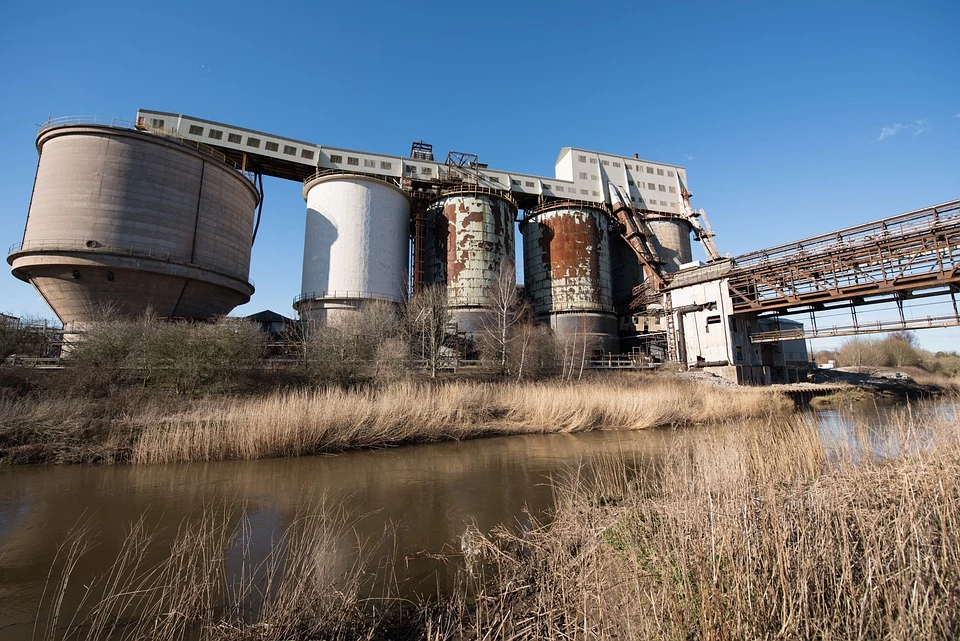
There are 2 main types of water pollution – nutrient pollution and chemical pollution.
- Nutrient pollution is caused by wastewater, sewage, and fertilizers. The high levels of nutrients in these sources end up in bodies of water and promote algae and weed growth. This algal bloom makes the water undrinkable and depletes oxygen so marine life dies.
- Pesticides and herbicides applied to crops and residential areas concentrate in the soil and are carried to the groundwater by rainwater and runoff. Even private wells can be contaminated by rainwater runoff.
Industrial waste is one of the main causes of water pollution, creating primary and secondary pollutants including sulfur, lead and mercury, nitrates and phosphates, and oil spills.
In developing countries around 80% of their untreated solid and industrial waste is dumped directly into the ocean or sea.
This causes serious problems including the harming and killing of sea creatures, which ultimately affects humans.
3. Land & Soil Pollution
Land pollution is the destruction of land as a result of human activities and the misuse of land resources.
This occurs when humans apply chemicals such as pesticides and herbicides to the soil, dispose of waste improperly, and irresponsibly exploit minerals through wasteful mining.
Soil is also polluted through leaking underground septic tanks, sewage systems, and the leaching of harmful substances from landfills.
Rain and flooding can bring pollutants from other already polluted lands to the soil in other locations.
Over-farming and over-grazing by agricultural activities cause the soil to lose its nutrient value and structure causing soil degradation, another type of soil pollution.
Farmers that practice crop rotation and plant nitrogen fixing cover crops can dramatically increase the health of their land. This promotes long-term soil health and increases natural productivity.
The other big contributor to land pollution is urban sprawl. As communities radiate outward from urban areas the soil is disrupted and polluted by construction, paving, utility works, and exhaust.
Wondering how soil pollution is identified? Check out this quick video from the EPA in Victoria, Australia that shows how environmental scientists keep track of soil health and identify polluted areas.
Effects of Land and Soil Pollution
As soil becomes more polluted it’s harder to use it for agriculture.
- Polluted land can ruin crops or make otherwise healthy crops contaminated.
- Land pollution results in water pollution. As contaminants leach from the soil into the water table and surrounding waterways, the water becomes unsafe to drink.
- Land pollution that kills off native plant species makes the land more susceptible to landslides, environmental degradation of the soil, and topsoil loss from rain and wind.
- Humans live on the land, so we get exposed to contaminants in the soil as they blow in the wind, land on us in the rain, or end up in our drinking water.
Soil pollution can be hard to identify in some areas because practices like using chemical nitrogen fertilizers cause the soil to be extremely more productive than normal.
However, the long-term effects of these practices are soil that is chemically altered. As the rain passes over this soil the excess chemical fertilizers are carried into the watershed.
4. Noise & Light Pollution
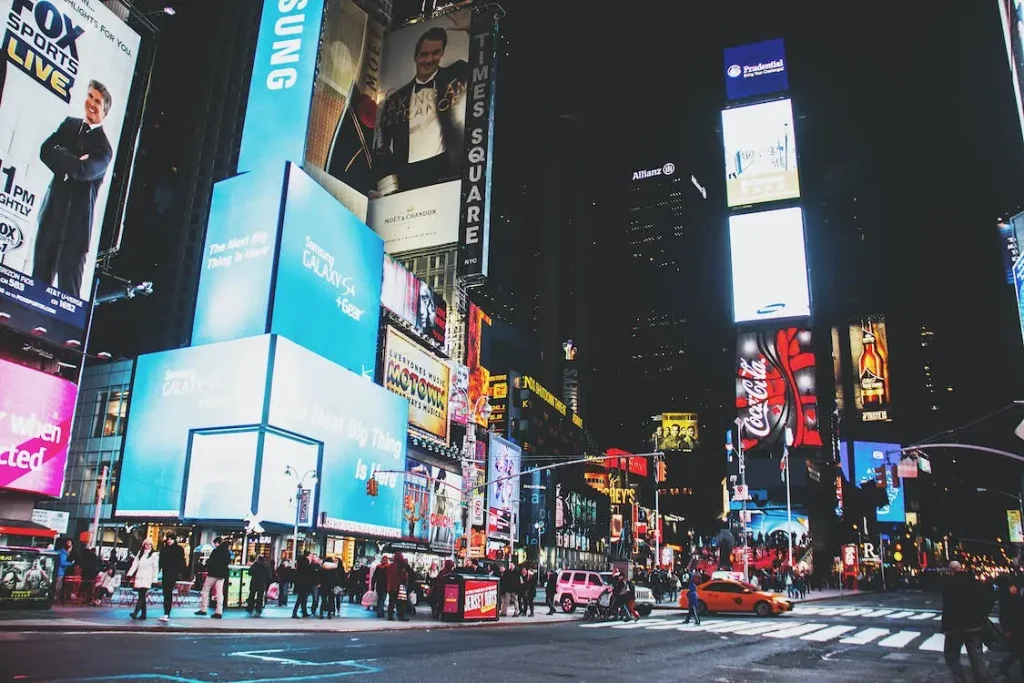
Noise pollution comes from vehicles, household sources, social events, commercial and industrial activities, air traffic, excessively loud music, and mass transit.
Effects of Noise Pollution
There isn’t a lot we can do about noise pollution except to understand that it contributes to human anxiety, sleeplessness, depression, loss of hearing, and obesity.
It’s also linked to high blood pressure and low productivity. These symptoms are some of the most frequently suffered in the United States.
We wonder how many of these diseases would decrease significantly with a decrease in the constant noise and cacophony of life.
Light pollution is caused by the prolonged and excessive use of artificial lights at night which can cause health problems in humans and disrupt natural cycles, including wildlife activities.
Sources of light pollution include electronic billboards, night sports grounds, street lights, car lights, city park lights, public safety lights, airports, and residential lights.
Effects of Light Pollution
There are so many effects of light pollution. It’s one of the most disruptive types of pollution on the environment.
- It disrupts natural insect flight patterns. This decreases the population of bugs available for night-hunting birds and bats.
- It disrupts the migration patterns of birds and mammals that depend on moonlight to guide them.
- Sea turtles are often stranded in neighborhoods because they mistake lights near the beach for moonlight. They’ll become stranded on land and die or make nests in dangerous areas because they’re lost.
- Sea turtle hatchlings will emerge from the nest then head to a street instead of the ocean. They’ll die from stranding and predators.
These are just a few examples of the effects that light pollution has on the animal kingdom.
Humans feel the effects too. Light pollution is linked to insomnia, high blood pressure, obesity, depression, stress, anxiety, and headaches.
We’d all be better off if we preserved the outdoors for starlight and moonlight.
How Does Pollution Affect the Environment?
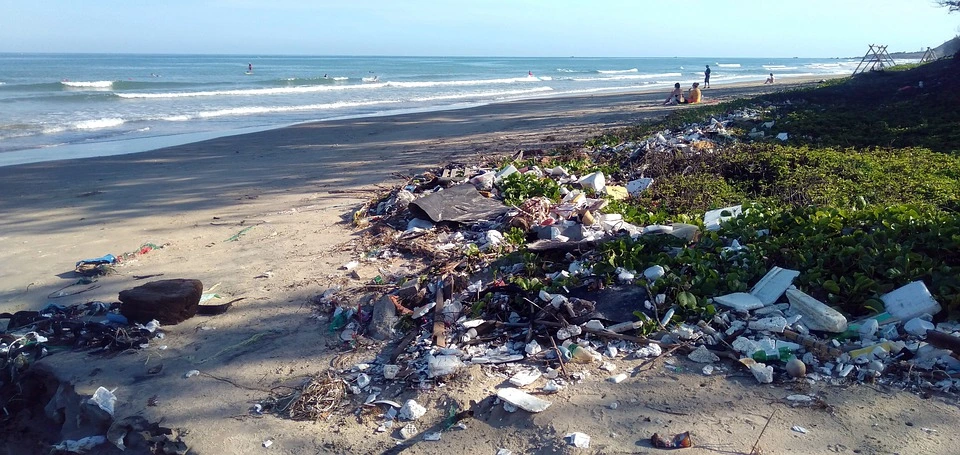
Pollution affects the earth’s land, air, and water by contaminating them with dust, smog, and toxic gas and chemical emissions.
Some pollution comes from earth itself. The earth releases sulfur, carbon dioxide, methane, and dust particulates around the clock.
However, in a perfect environment the earth would also be able to handle the cycle of pollution and conversion. As humans add additional pollutants into the atmosphere the natural balance is off-kilter.
Earth can’t keep up so everything becomes progressively more polluted as time goes by.
These sources of human-caused pollution include mining, manufacturing plants, power plants, oil refineries, and transportation that release pollutants into the air or water.
Effects of Environmental Pollution
We’ve briefly discussed some of the effects of pollution in the paragraphs above. If you want to really understand the serious effects of the different types of pollution, keep reading.
Let’s deep-dive into the effects of environmental pollution.
- Effects Of Air Pollution
- Effects Of Water Pollution
- Effects Of Land & Soil Pollution
- Effects Of Noise & Light Pollution
1. Effects of Air Pollution
High levels of air pollution can cause an increased risk of heart attack, wheezing, coughing, breathing problems, and irritation of the eyes, nose, and throat.
Air pollution can also cause worsening of existing heart problems, asthma, and other lung complications.
Like humans, animals can suffer from a number of health problems due to air pollution, including birth defects, reproductive failure, and diseases.
Air pollution causes acid rain.
Acid rain contains high levels of nitric and sulfuric acids that are created by oxides and sulfur oxides released into the air by the burning of fossil fuels.
Acid rain damages trees and acidifies soils and water, making the water too acidic for fish and other aquatic life.
Nitrogen oxides released into the air by the burning of fossil fuels also contribute to the nitrogen responsible for toxic algae blooms.
The release of these man-made compounds are depleting the ozone:
- Hydrochlorofluorocarbons
- Chlorofluorocarbons
- Halons formerly used as coolants, foaming agents, pesticides, solvents, aerosol propellants, and fire-extinguishers.
The ozone layer in the stratosphere forms a protective layer that reflects harmful ultraviolet rays back into space that would otherwise destroy animal and plant life.
As we destroy the ozone layer we’re allowing more UV rays to hit earth’s surface, causing the greenhouse effect – warming the earth’s atmosphere.
2. Effects of Water Pollution
Water pollution is a serious threat to humans, animals, and aquatic life.
Bodies of water near areas of urban sprawl tend to be heavily polluted by garbage and chemicals. These are dumped both legally and illegally, by industrial plants, health centers, and residents.
By far the biggest consequence of water pollution is the death of aquatic creatures, which can disrupt the entire food chain.
Pollutants such as cadmium, mercury, and lead are eaten by tiny aquatic organisms that are then eaten by fish and shellfish which become toxic for humans or animals to eat.
Nutrient pollution can cause toxic algal blooms in drinking water sources that create toxins that kill fish and other aquatic animals.
Direct exposure to this toxic algae causes serious health problems in humans including neurological effects, respiratory problems, stomach and liver illness, and rashes.
We get a new problem when we use disinfectants to treat water that’s toxic due to algae. The disinfectants react with algae and create dioxins.
Dioxins are extremely harmful chemical compounds that have been linked with reproductive and development problems and even cancer.
Nitrates, caused by fertilizers, also contaminate drinking water.
According to the Environmental Protection Agency, babies who consume water that is high in nitrates can become seriously ill with Blue Baby Syndrome.
This disease causes shortness of breath and blue-tinted skin due to hypoxia, and can lead to death if not treated early.
3. Effects of Land & Soil Pollution

Land and soil pollution causes various skin rashes and diseases, respiratory problems, and even different kinds of cancers.
Here are some ways these toxic substances come into contact with the human body.
- Eating fruits and vegetables that have been grown in polluted soil
- Drinking water that has been contaminated
- Direct contact with the skin
- Breathing air polluted with particles and dust
There are so many environmental issues examples that are directly tied to pollution. One of the biggest ones that really has a big impact on air quality and land preservation is deforestation.
When forests are clear cut we lose the carbon dioxide conversion until they regrow. We also lose habitat and the soil is highly prone to erosion and landslides.
4. Effects of Noise & Light Pollution
Noise pollution can cause stress, anxiety, headaches, irritability, hearing loss, and sleep loss resulting in decreased productivity.
- Marine mammals and fish are very susceptible to noise pollution in the world’s oceans. In fact, dolphins and whales can suffer greatly from human activity in the sea.
- Oil drills, submarines, and other vessels on and in the ocean can cause excessive noise that has resulted in the injury or death of marine animals, especially whales.
- Light pollution causes eye strain, stress, headaches, and depression. It also causes a decrease in the hormone melatonin that helps us to fall asleep, resulting in restlessness and fatigue.
- Many mammals, insects, birds, and reptiles are photoperiodic meaning their movement, mating, growth and development, and eating cycles are regulated by natural light patterns.
We tend to think that we’re the only ones we affect with our noise and light pollution, but these disruptive stimuli interfere with natural animal behaviors and cycles, causing a decrease in wildlife populations.
Final Thoughts
Pollution needs to be dramatically reduced because it is destroying the environment we live in.
It is the responsibility of every living person to protect the environment, and it’s in our best interest to do so. We need a healthy planet to live on, and so do the plants, animals, and fish who also call it home.
Protecting the environment is a long and daunting task, requiring continuous planning, governmental policies, and public and industrial participation.
Everyone is entitled to clean air to breathe, water to drink, and public lands to enjoy.
Do you have any ideas on how to reduce environmental pollution? What are the causes and effects of pollution that worry you the most? Let us know your thoughts in the comments below!
